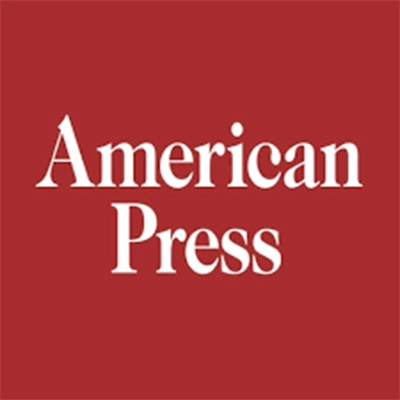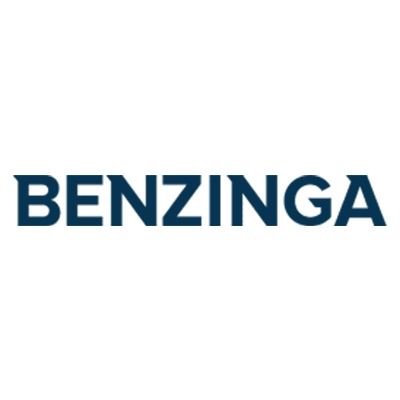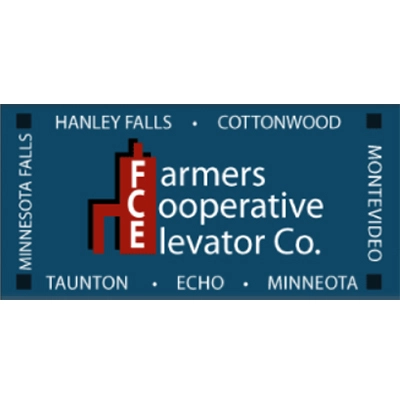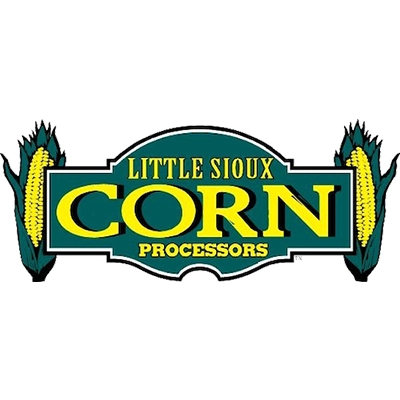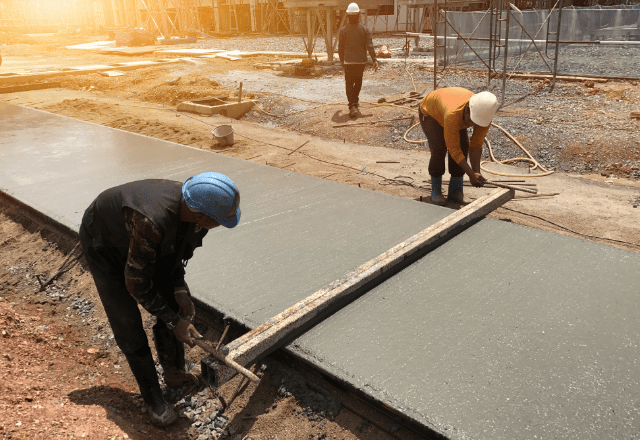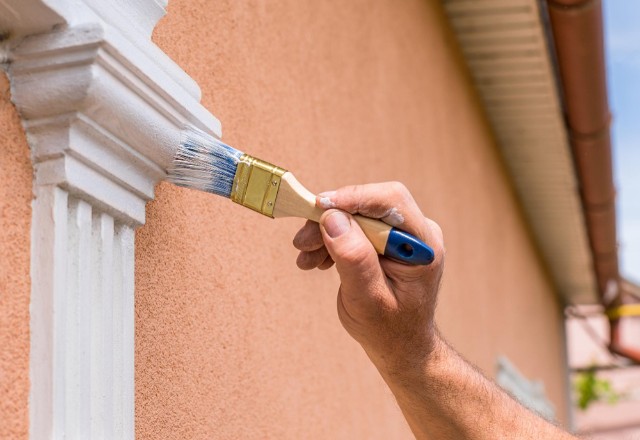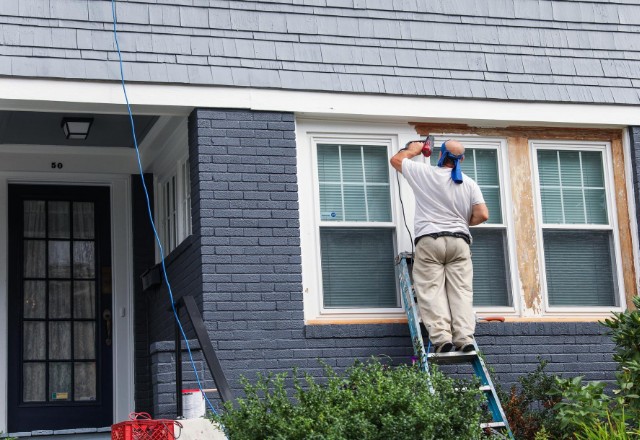Spokane Roofing Company: Roof Repair & Replacement Contractor






![]()
![]()
Can Roofing Issues Wait?
The average cost Spokane homeowner pays for replacing a roof from neglected drips and leaks
Сould cost minor repairs such as patching, resealing, or timely gutter and downspout clearing
Catching damage early saves your budget!
Still Thinking Whether To Contact a Spokane Roofing Contractor?
30% increase in utility bills due to poor attic insulation caused by damage
3X more you will pay for major repairs if postponing a minor leak fix for a year
50% less your roof will serve if putting off repairs just 2-3 years after problems appear
Schedule A Free Roof Check-Up By A Professional Roofer Near You
Call us (509)201-4190 or send the form
Typical Issues Our Contractors Deal Across Spokane, WA
On average, rooftop coverings in Eastern Washington last approximately 15-20 years before replacement becomes necessary.
Spokane, WA, experiences twice as many storms as the national average in the USA, which accelerates roof deterioration.
If your property needs assistance from expert contractors, call our company today.
Best Spokane roofers are here to help!
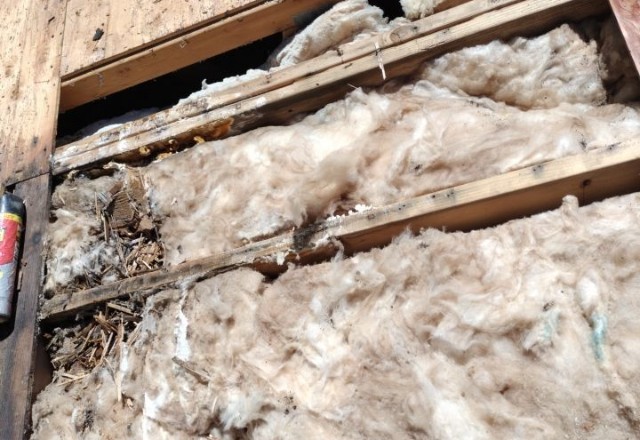

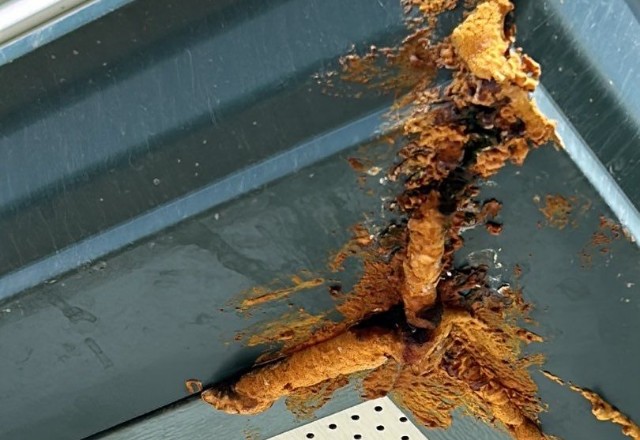

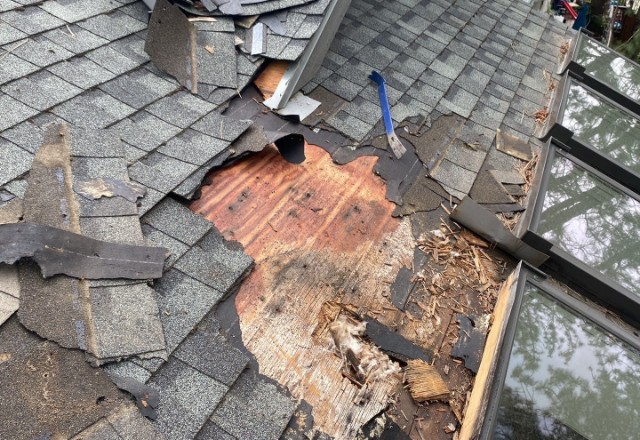

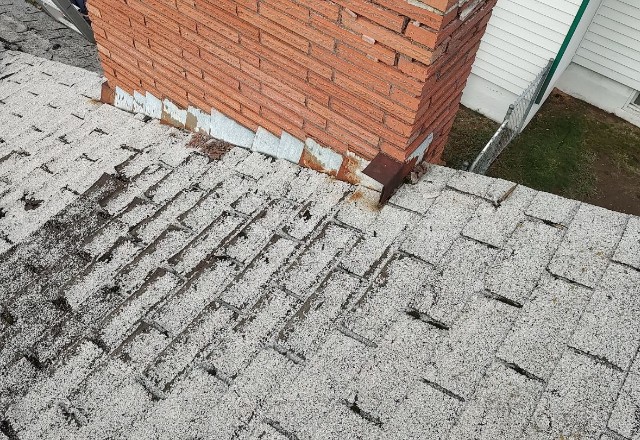

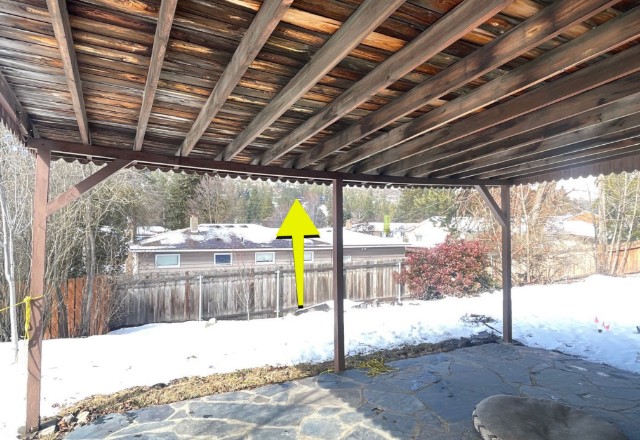

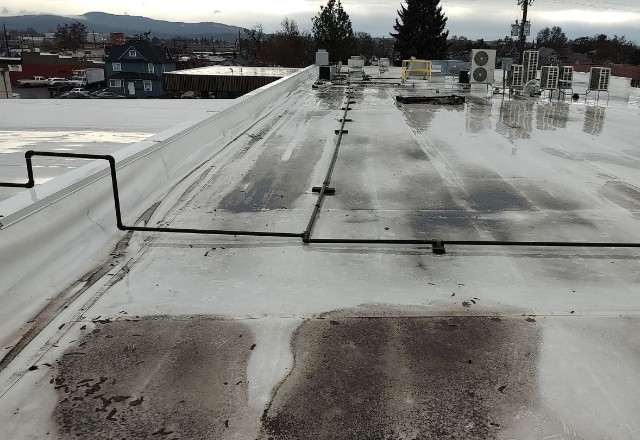

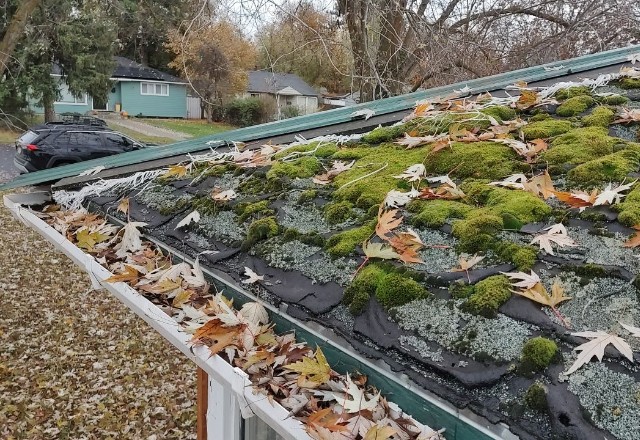

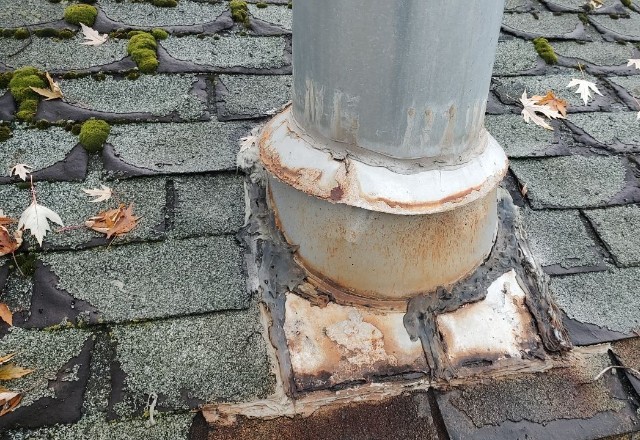

Our Company Offers The Widest Range Of Roofing Services In Spokane
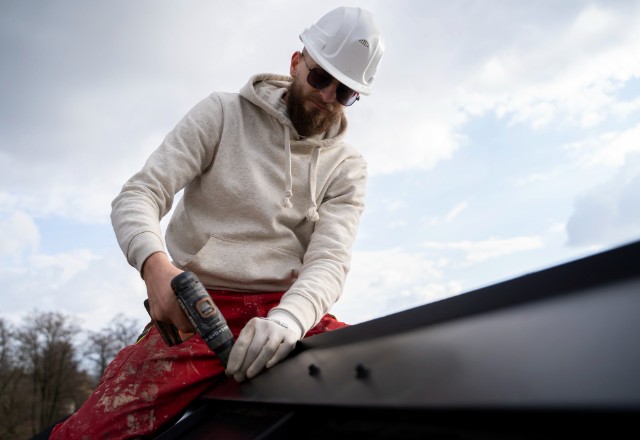

Repair
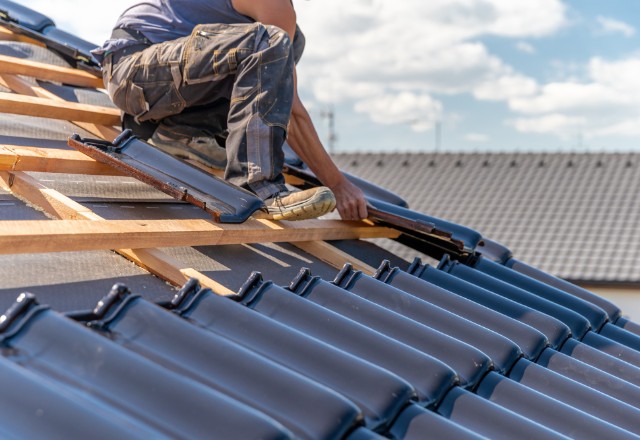

Replacement
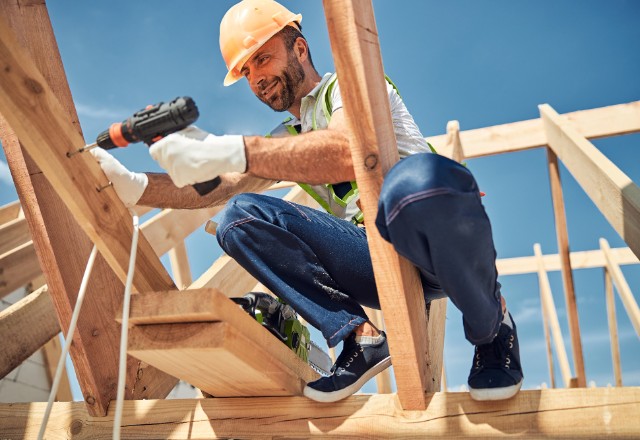

Installation
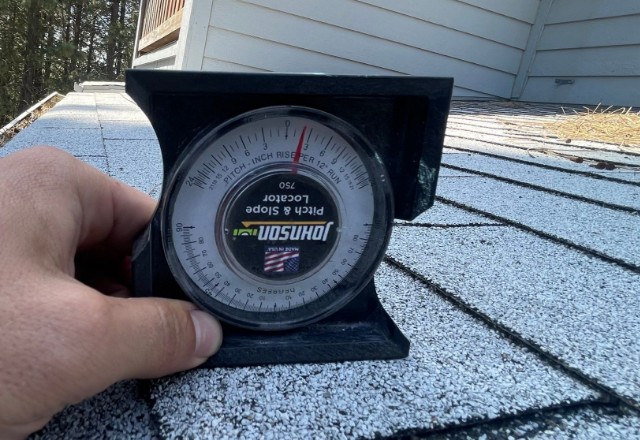

Inspection
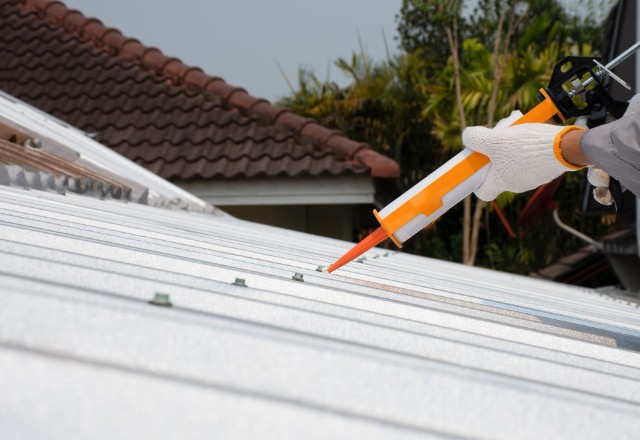

Maintenance
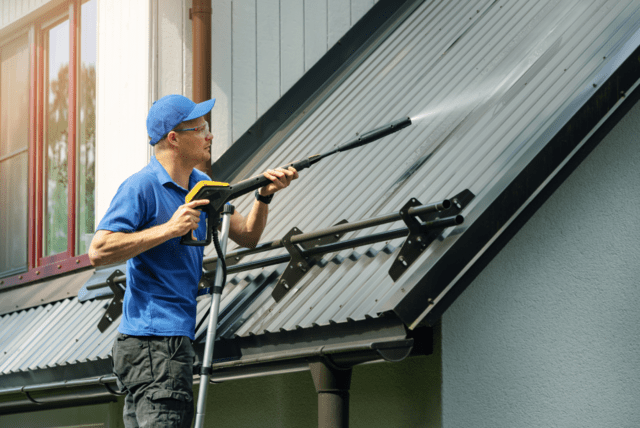

Cleaning
Beyond Spokane: Our Roofers Blanketing Countless WA & ID Communities
What Makes Our Roofers The Best In Spokane, WA
Substantial Experience
Most of roofers at our company boast over 15 years of hands-on experience in the roofing industry
Local Climate Insights
Our roofers’ in-depth knowledge of the Spokane, Washington area's climate allows to easily detect hidden flaws.
Cutting-Edge Technology
For fast and efficient work our teams of contractors are equipped with latest tools and machinery.
Swift Solutions
Being a local roofing company near you allows us to respond quickly, performing most repairs within a day.
Premium materials
To ensure durability of rooftops across Spokane, WA, our contractors utilize top quality materials from trusted manufacturers.
Spotless Service
Our roofers meticulously protect trees and treat your property with the utmost care, leaving your space as clean as we found it.
Behind The Scenes: See Our Process Of Roof Repairs In Spokane, WA
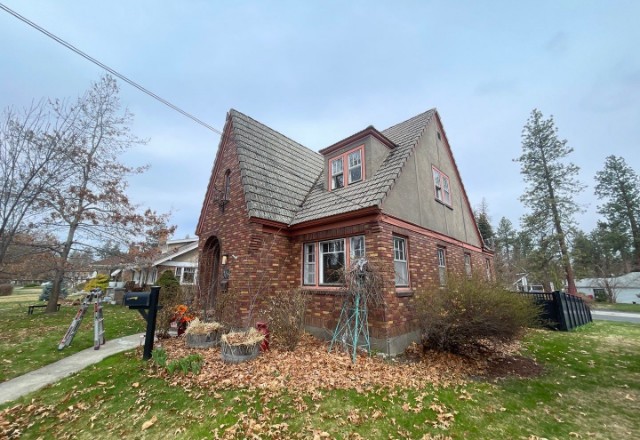

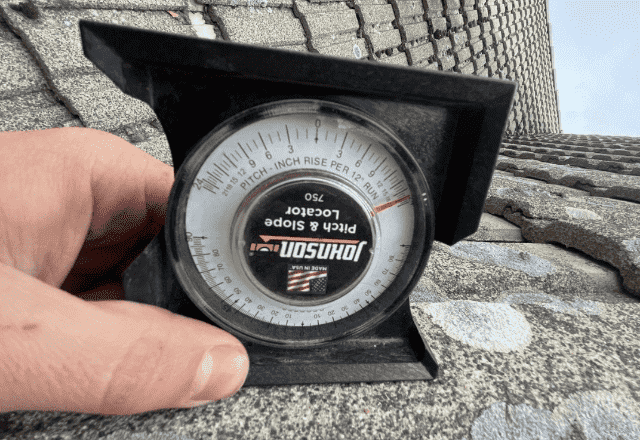

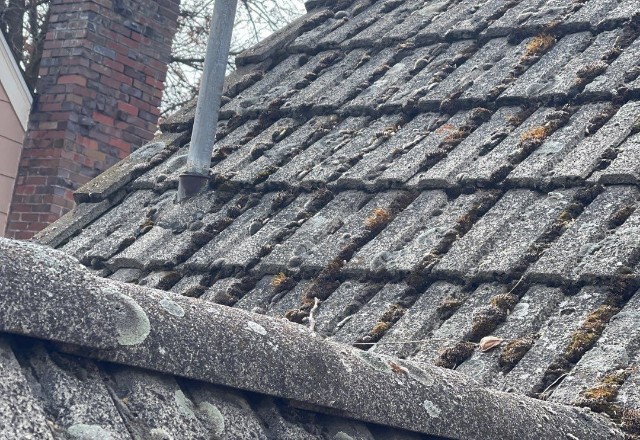

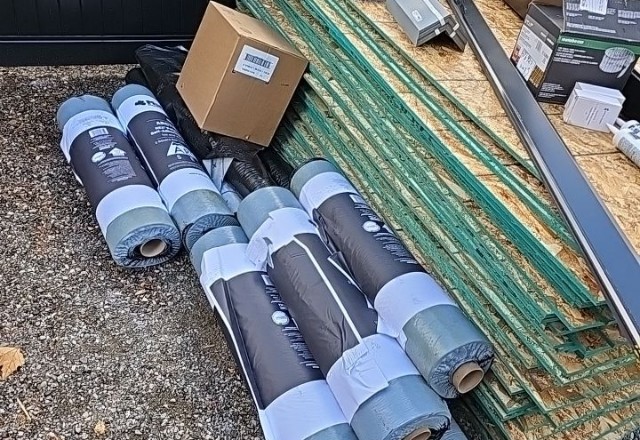

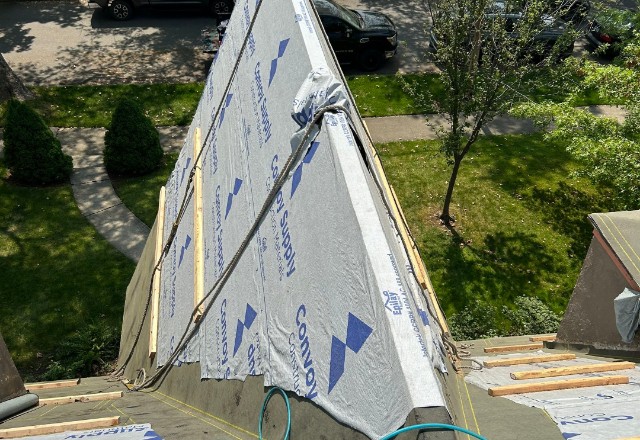

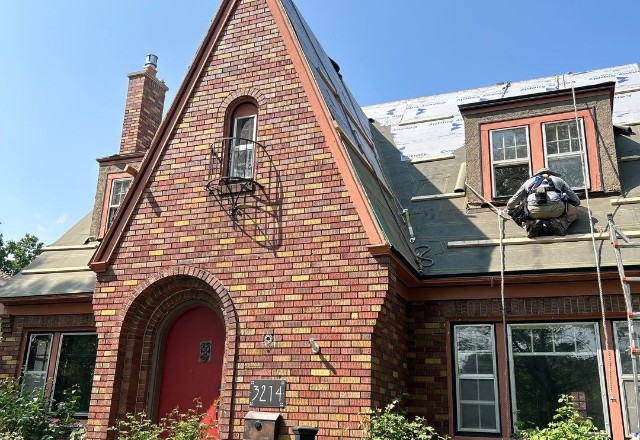

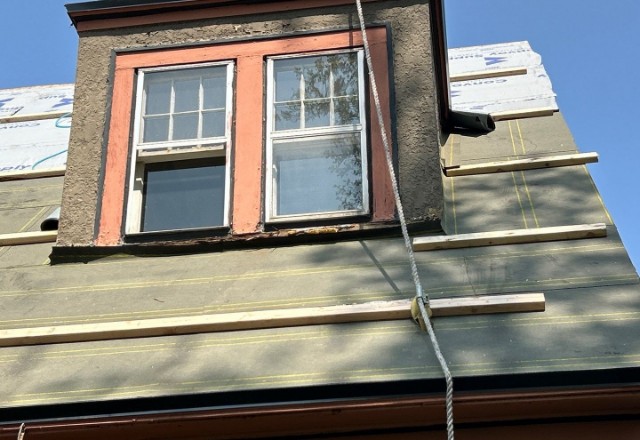

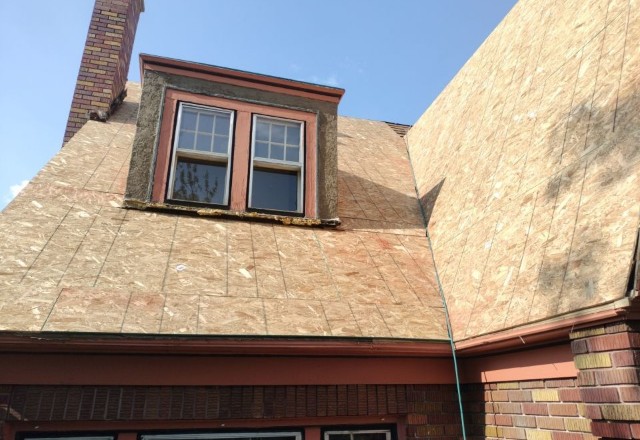

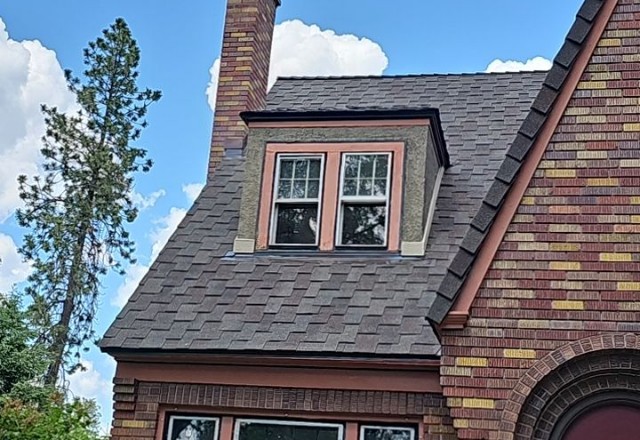

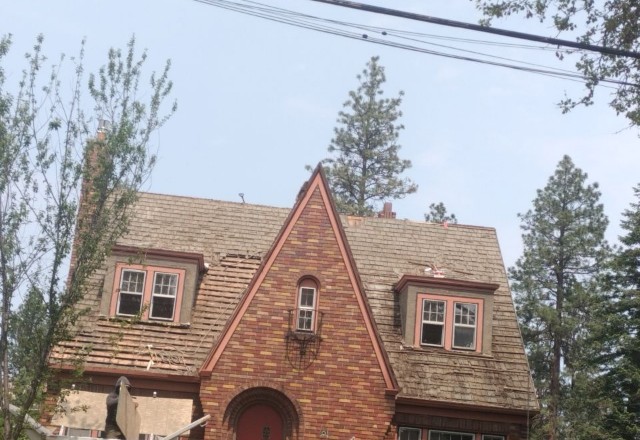

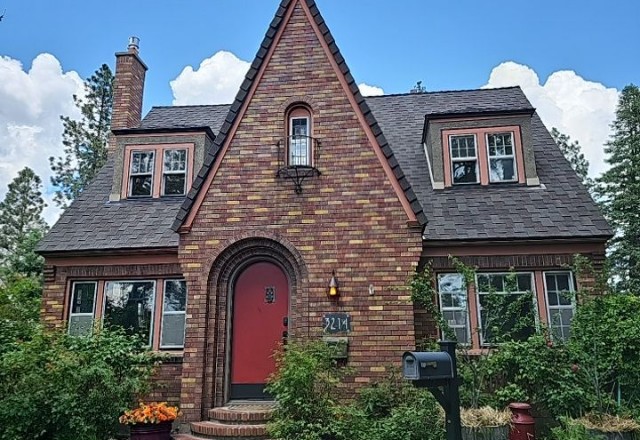

- Our roofer arrive for inspection
- He assess the current state and identifies damages
- Materials are ordered and delivered
- Our contractors start repairs or replacement
- A quality check is conducted
- Customer is completely satisfied with the outcome.
Material Mastery Of Our Roofers
Our contractors specialize in a variety of materials. Call us if you have any concerns with:
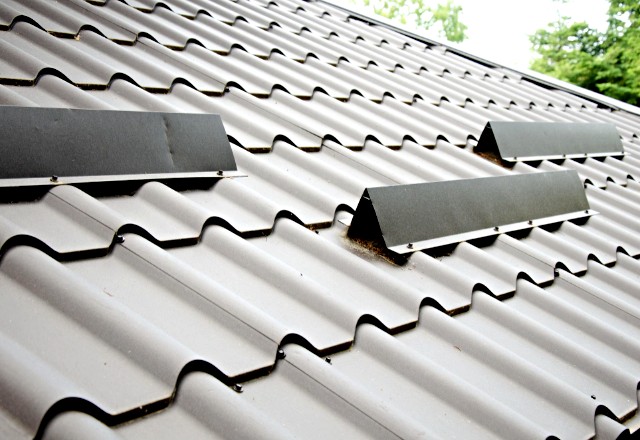

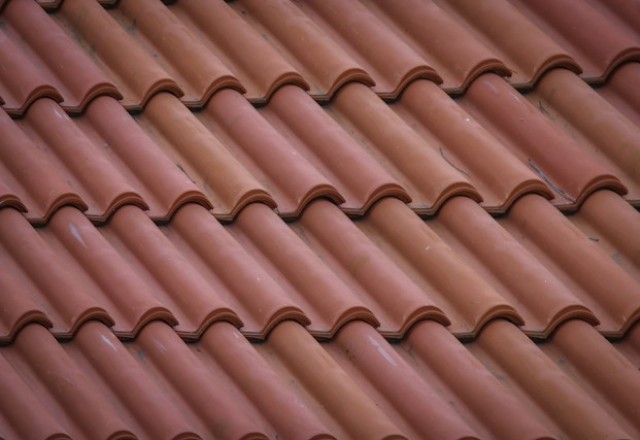

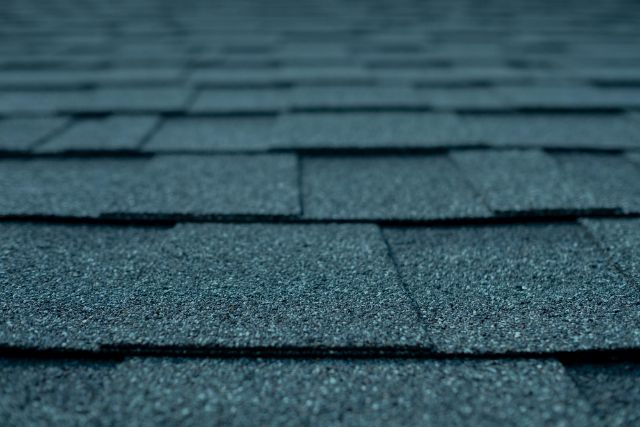

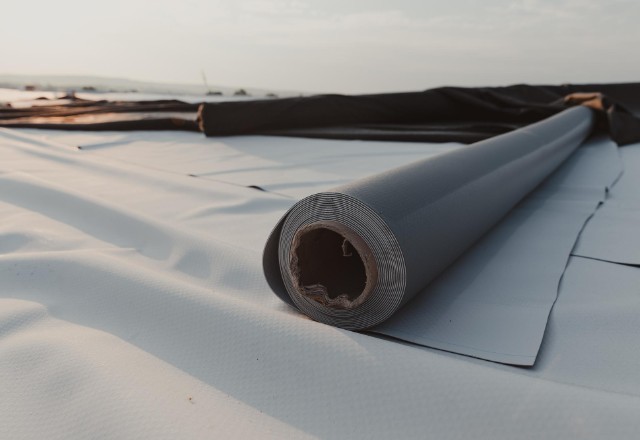

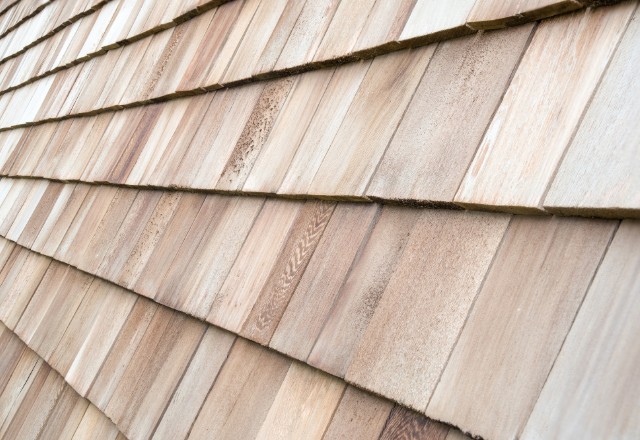







Portfolio Of Our Contractors’ Work
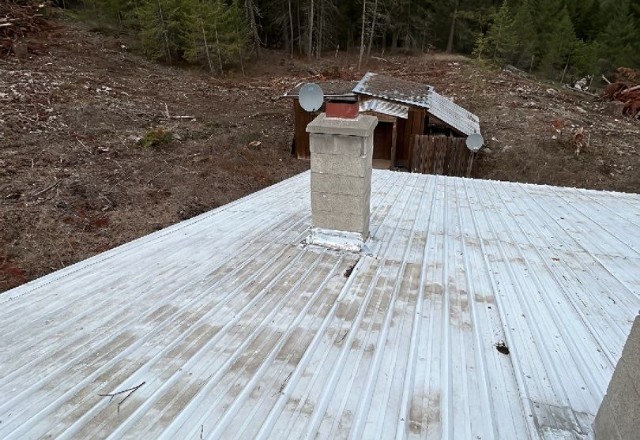

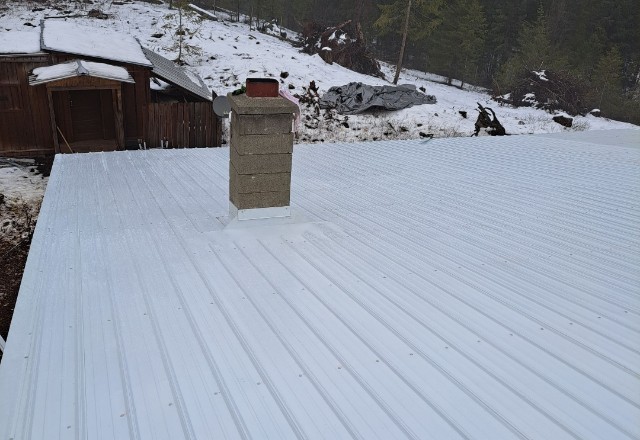

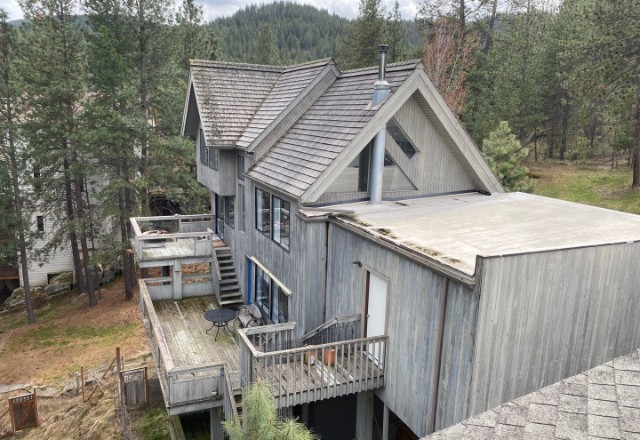

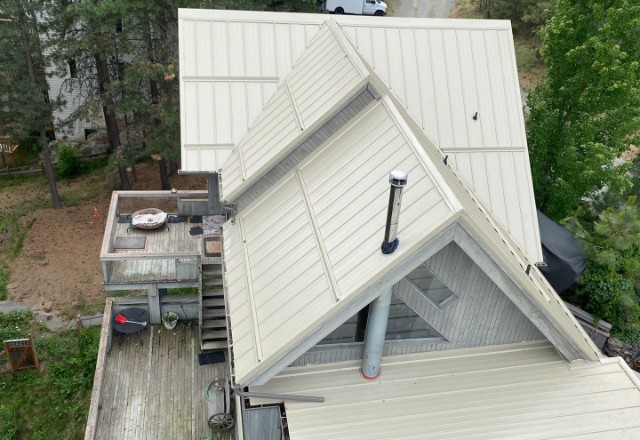

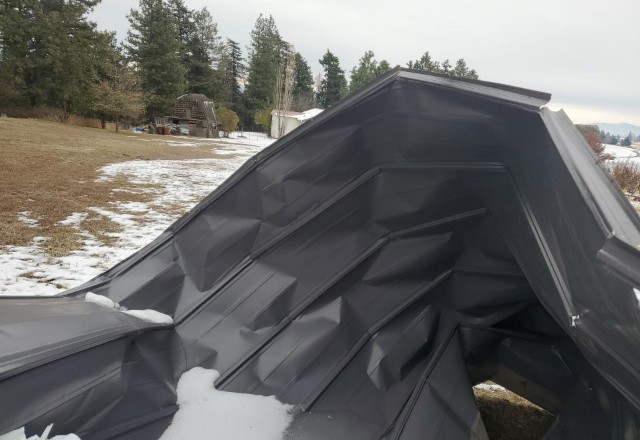

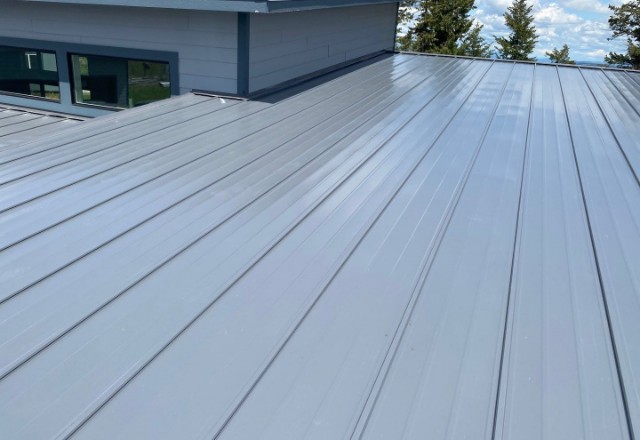

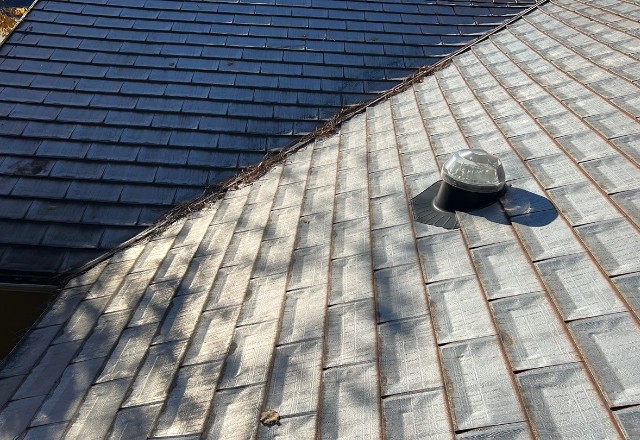

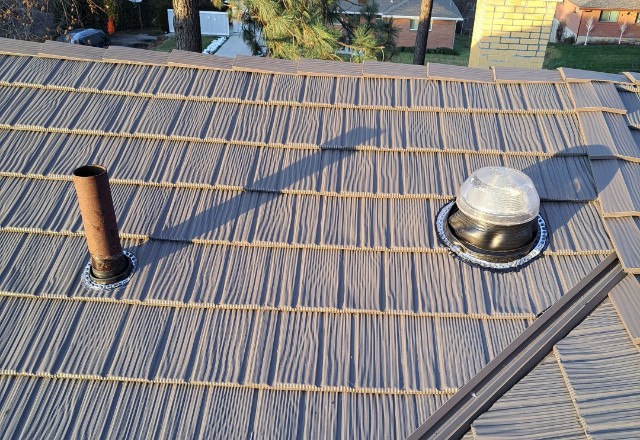

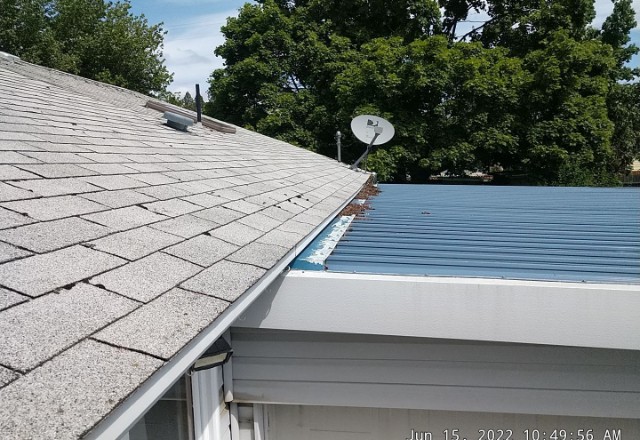

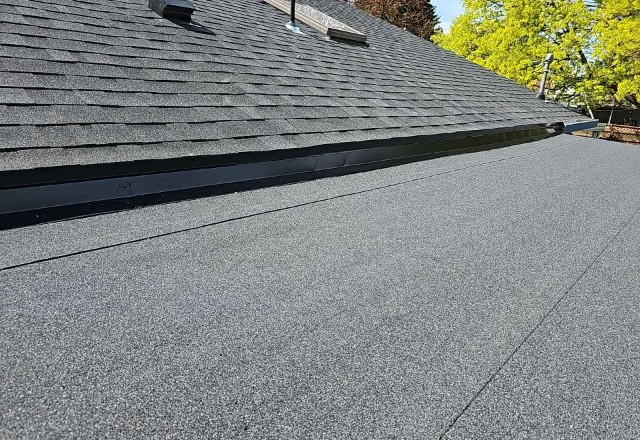

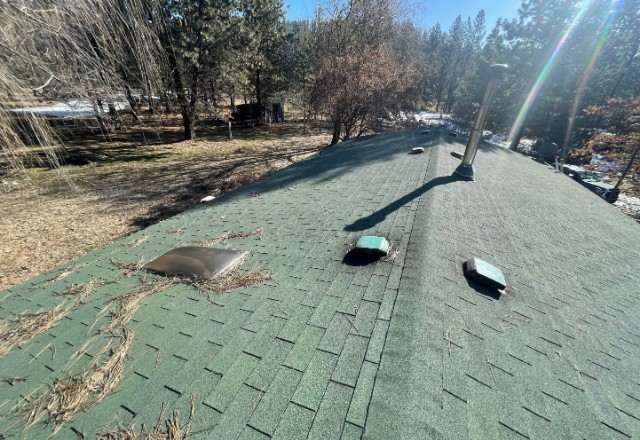

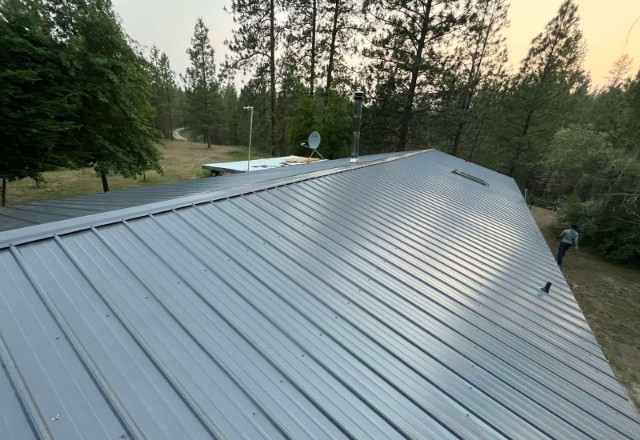

PROOF OF EXCELLENCE: SPOKANE HOMEOWNERS PRAISE OUR CONTRACTORS FOR STRESS-FREE SOLUTIONS
The Facilities Serviced by Spokane WA Roofing Company Near You
Our contractors deliver expert solutions for companies and homeowners across Spokane, WA. Our roofers work with all kinds of projects:
Residential
House, Garage, Patio, Porch
Warehouse, Store, Office, Hotel, Church
Agricultural
Barn, Hangar, Shed, Pole building
Public
School, Hospital, Public Center
Recreational
Gazebo, Playground, Pool House, Sunroom
A Reputable Company Near You: Advance Roofing LLC In Media
More Than Just Hammer & Nails: Your Spokane Contractors For Comprehensive Home Improvement
No matter your residential overhaul or construction plans, think of our team of contractors as your dedicated property transformation crew for:
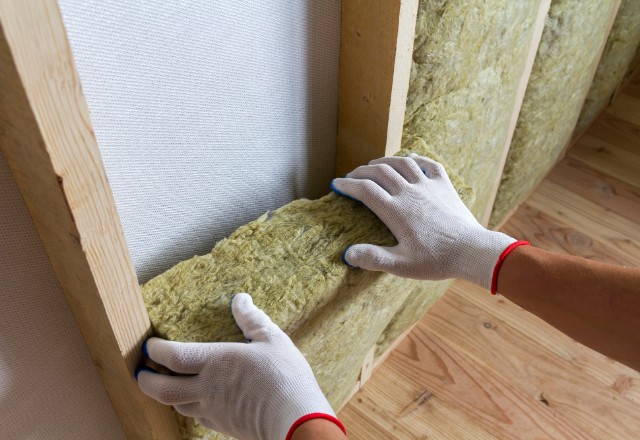

Insulation
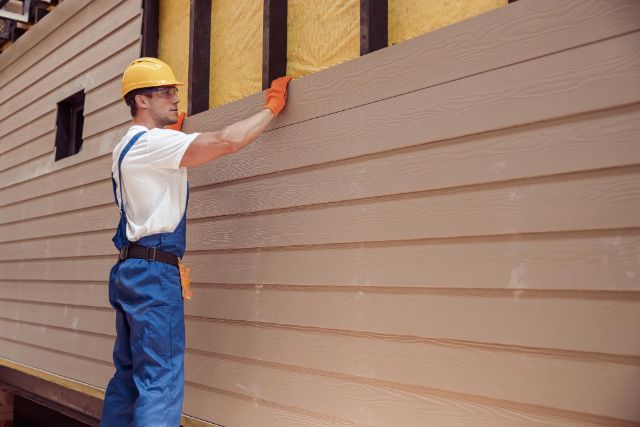

Siding
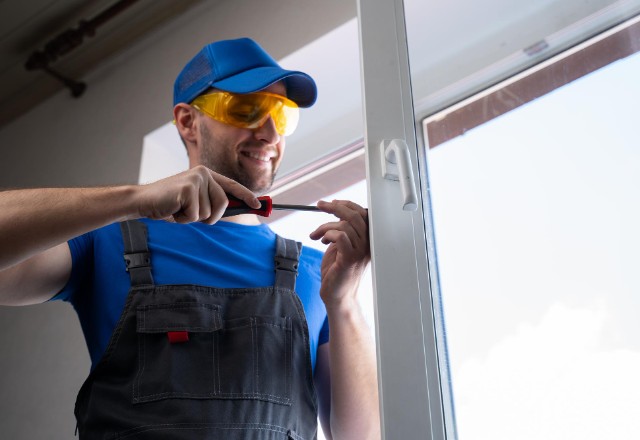

Windows
Benefits Our Company Provides For The Community
Contact us
Get Peace of Mind from Spokane’s Most Trusted Roofers
At Advance Roofing LLC, we are Spokane’s reliable roof repair and construction experts near you.
Partner with our professional roofers proudly serving WA neighborhoods with quality craftsmanship at fair prices we stand behind.
Call today and breathe easier knowing your roof and budget are protected once rains arrive.
Why wait another minute for the secure feeling only Spokane roofing contractors like us provide?

